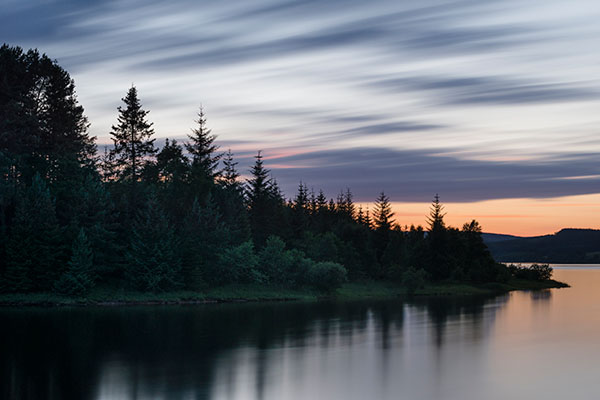
Shoot digitally and you’d be forgiven for thinking that there’s no need to use filtration. I mean you can fix everything in Photoshop, right?
Admittedly there are certain filters that aren’t strictly necessary now. Unless you’re a masochist there’s no need to use colour correction filters anymore – a simple white balance correction will do the trick. However, when shooting landscapes and architecture there are three types of filter than are invaluable. They are (in no particular order) Neutral Density (ND) filters, ND graduates and polarisers. These filters help you achieve the required results in-camera and help to cut down post-production work considerably (though in the case of the ND filters and polarisers there’s no easy way to replicate their effect in post-production).
For the past month I’ve been shooting with the NiSi filter holder system and a variety of the filters produced by NiSi mentioned above. NiSi are new to the UK but seem set to make a big splash judging by the quality of their system.

However, first things first. NiSi produce three filter holder systems: a 70mm system for compact and smaller mirrorless camera; a 100mm system suitable for DSLRs and larger mirrorless cameras; and a 150mm system designed specifically for those photographers lucky enough to own ultra wide-angle lenses such as the Nikon 14-24mm or Canon 17mm TS-E. It’s the 100mm system that I’ve been using. And, (spoiler alert) it’s worked flawlessly with all the lenses I own, including my Nikon 20-35mm wide-angle zoom.
The filter holder comes in a large box that also includes an 82mm adapter ring, three step-up rings (77-82, 72-82 and 67-82mm ), filter holder pouch and polariser. The filter holder clips to the supplied 82mm adapter ring and the step-up rings let you then fit both to your lenses (other step-up rings are available if you own a lens with a filter thread different to the three supplied).
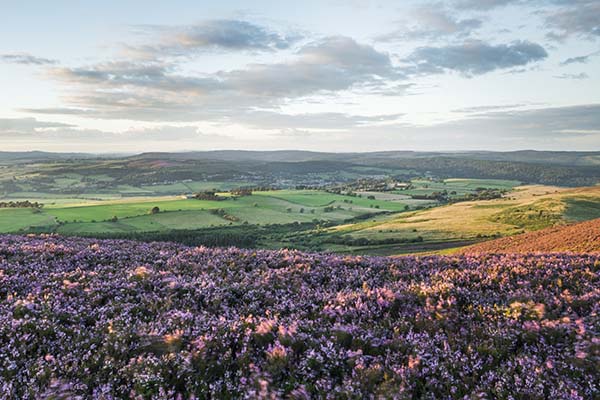
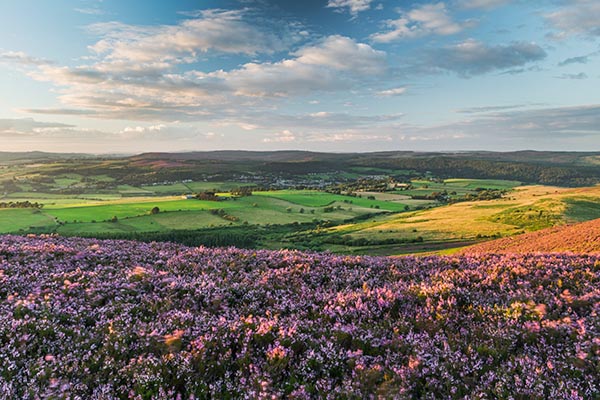
Unique to NiSi, the polariser screws into the 82mm adapter ring. This means that, when fitted, the polariser sits next to the front element of the lens. The practical upshot of this is that there’s no risk of mechanical vignetting. This is all too common on filter holder systems where the polariser is fitted to the front of the filter holder (particularly when using wide-angle lenses such as my aforementioned 20-35mm lens). The polariser is turned by rotating guide wheels on the 82mm adapter ring. It’s a very clever system and easy to use. The one small flaw is that it’s slightly fiddly to fit the polariser into the 82mm adapter ring (this may be especially problematic in winter when fingers may not be as dexterous due to the cold). I’d be very tempted to acquire another adapter ring and keep the polariser fitted permanently in one of them.
The filter holder itself is aluminium with plastic guide rails and feels very robust. There’s no reason why it shouldn’t stand up to all the abuses a keen photographer would put it through. The supplied filter holder pouch also feels very well put together and made of high-quality material.
Aside from the polarisers I’ve also been using NiSi’s 3-stop (0.9) soft ND grad and 3-stop reverse grad filters as well as a 10-stop (3.0) ND filter. All three filters are made of glass (rather than optical resin) and the two graduates have a nano coating. This latter feature helps to repel water droplets – useful when working in light rain or at the coast. Again, everything about the filters exudes quality, right down to the pouches they’re kept in. Being glass they’re heavier than optical resin. However, they should be less prone to scratching (though it wouldn’t be a good idea to drop one onto hard ground…).
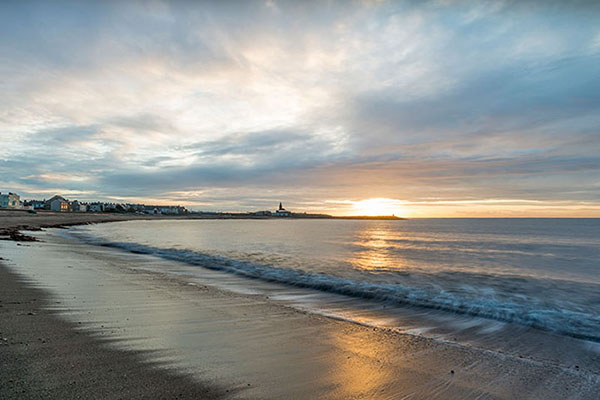
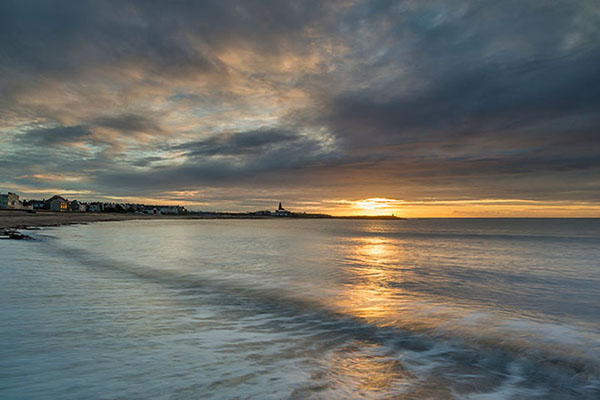
The 3-stop reverse ND grad is quite a cunning addition to NiSi’s filter range. Unlike most ND grads, the darkest area of the grad is right at the transition zone between the filtered and clear areas. This is most useful in situations where the horizon is brighter than the sky above or the landscape below – a common occurrence when shooting at dawn or dusk.
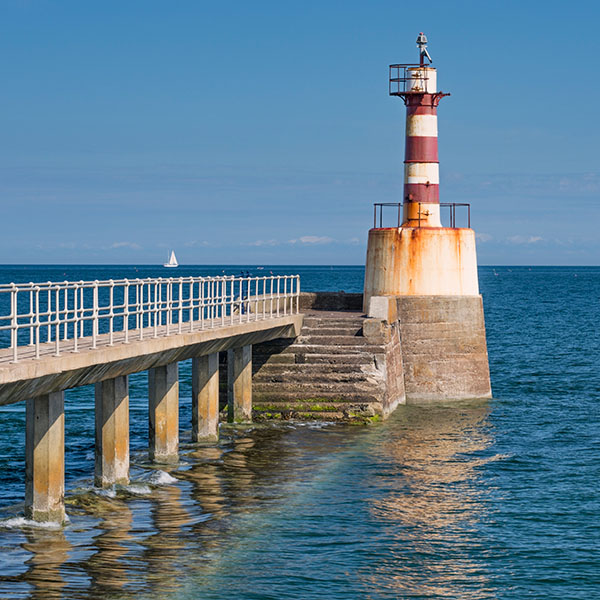
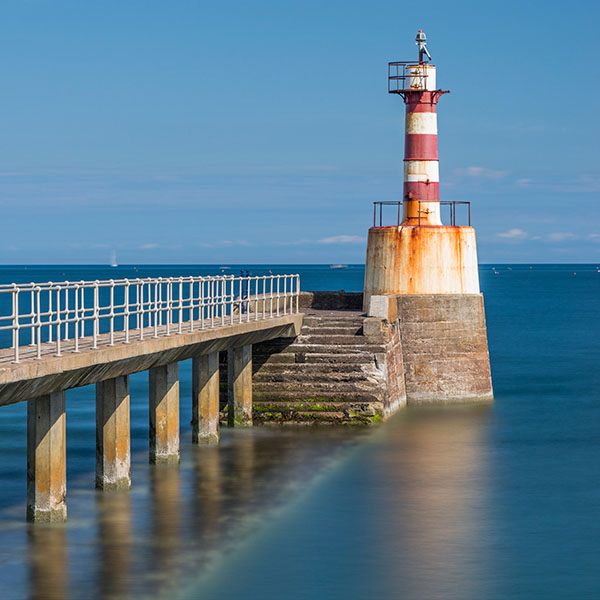
A filter range wouldn’t be complete without a 10-stop ND filter. NiSi’s variant is very good indeed. It’s not neutral, though so far no 10-stop filter I’ve used has been. However, the slight blue cast caused by the filter is simple to remove either by creating a custom white balance at the time of shooting or in post-production. To prevent light leaks there is a foam gasket around the edge of the filter. One mistake I made when first using the filter was fitting it in the wrong way. There’s less foam around two of the edges and the filter should be fitted with these edges slotting into the guide rails. Try it the other way and you run the risk of stripping the foam from the filter. That really isn’t something you want to do.
There are other 100mm filter systems, notably those made by Lee and Cokin. However, all in all, the NiSi system has a lot to recommend it. It’s going to be interesting to see how the NiSi system grows over the next few years.
For more information about NiSi visit their UK website here. Or buy the NiSi filter holder kit from Amazon using the link below (I’m an Amazon Associates member. A referral fee will be credited to my account if you buy the filter system after clicking on the link at no extra cost to you).

